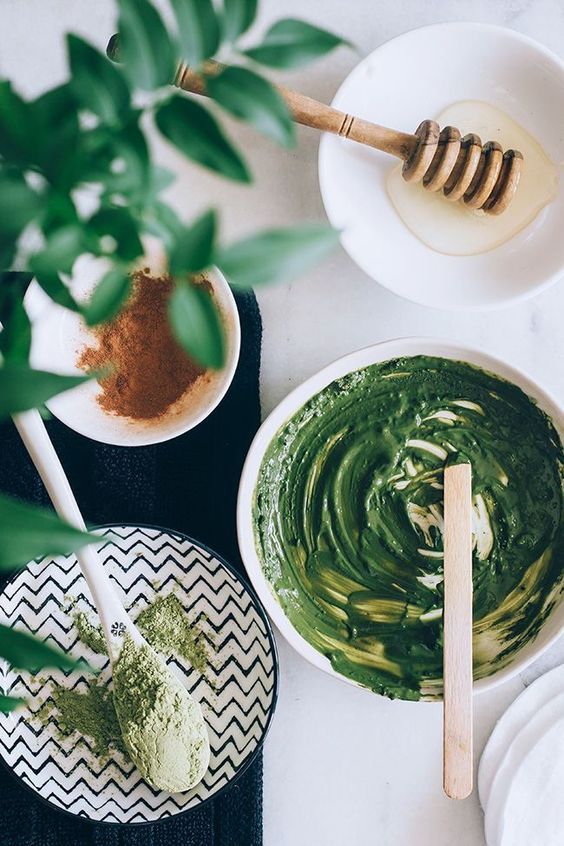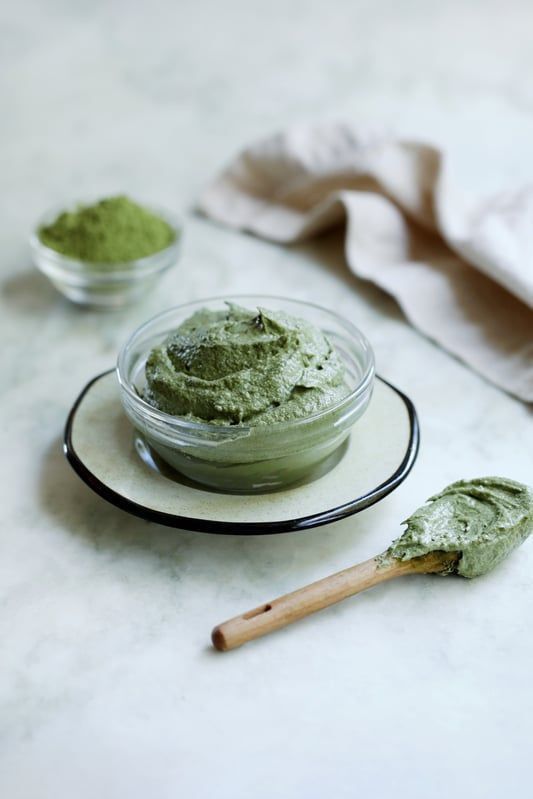You’re lying comfortably in bed, your heavy eyelids starting to close, when suddenly, you jerk awake, muscles tensed and gasping for air, because you feel like you just fell off a cliff. Then you look around and realize you’re safe at home before sinking back onto your pillow, where you either nod off without incident or lie awake all night, wondering: What was that?
There’s a name for this phenomenon: It’s called a hypnic jerk or sleep start. It’s a sudden increase in muscle activity that happens to just about everybody and can be quite literally startling, though the intensity depends on the person, says Carl Bazil, M.D. Ph.D., director of the Sleep Disorders Center at New York–Presbyterian/Columbia University Medical Center.
Some people just twitch and don’t wake up; it’s their partner who tells them about it later. Others actually cry out in fear, says Dr. Bazil, who’s also a professor of neurology at Columbia. Making a noise during a sleep start is likely associated with a visual component, like plummeting to your death, for instance. He says that experts don’t know the exact cause of sleep starts, but what seems to be happening is that there’s a neurological tussle between the brain systems that keep you awake and the ones that encourage you to fall asleep
During this transitional state, the sleeping mechanism usually wins, but the wakeful one sometimes puts up a fight. “One of the things that happens as you fall asleep is your muscles relax, but the awake part may still be stimulating enough that it will temporarily overreact and you get this jerk of muscle activity,” he says. And for reasons that are unclear, it’s sometimes accompanied by an image.
Sleep starts are usually harmless, and since they’re considered more of an observation than a medical problem, there’s not a ton of research in this area. “It doesn’t usually mean anything, so there hasn’t been a huge amount of resources devoted to figuring it out,” he says. They’re like hiccups in that regard.
But doctors do know that sleep starts can be worsened by sleep deprivation, having too much caffeine or tobacco, and taking stimulant medications (like Adderall or Ritalin, for example) or drugs that have stimulating qualities. “The most common culprit by far would be caffeine,” he says. “If it’s bothersome, the first thing I tell people is to cut back on the caffeine, especially late in the day.” And that, along with getting more sleep, should fix it right up. There are extreme cases where sleep starts are so intense and disruptive that people have trouble falling asleep in the first place, but Dr. Bazil says he’s only seen that a couple of times, so try not to think about it too hard next time you’re awake at 2 a.m.
What about the sudden muscle-jerks as you nod off in a particularly dry meeting? That head-bobbing action might be a different process because you’re falling asleep while sitting up, which could have been dangerous for our tree-dwelling ancestors. It’s possible that it’s an evolutionary reflex tied to protecting primates snoozing on branches. “If you’re in a position where your head starts to drop or your limbs start to drop, that may trigger this sort of response back into wakefulness,” he says. “It would be kind of a normal process, but also, I guess, theoretically protective to keep people from falling asleep in the tree — or in the meeting, that might not be a good thing either.”
.





















